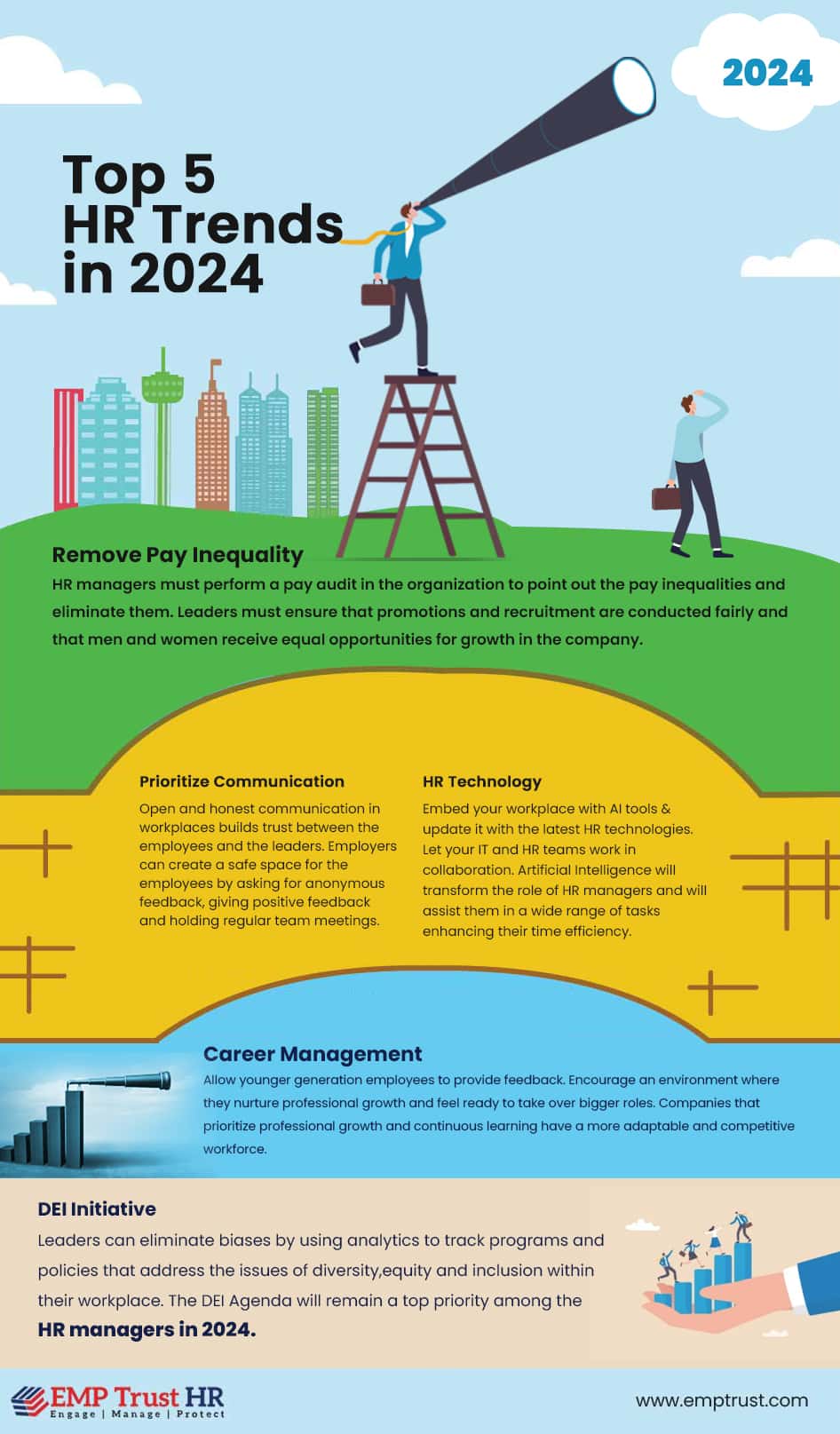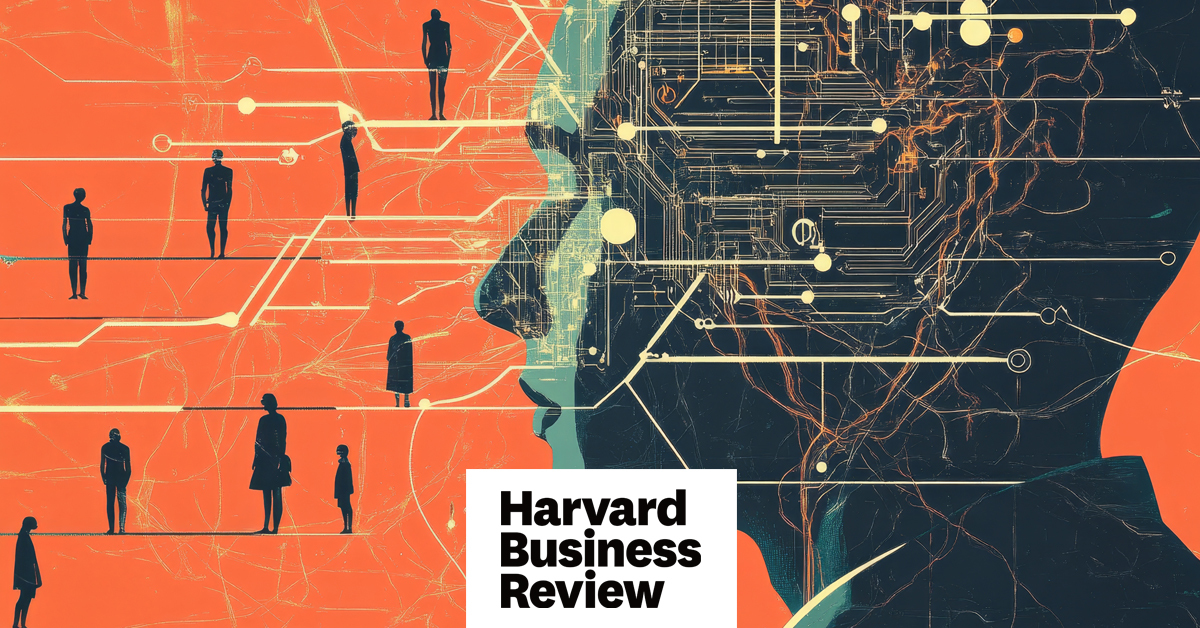How Companies Can Mitigate the Harms of AI-Driven Inequality ...
A major source of unease around AI is how its advance can make societies’ existing inequities even worse—a systemic phenomenon called “artificial inequality.” This happens as socioeconomic opportunities and outcomes are concentrated within narrow societal segments. Unfortunately, artificial inequality is complex and can be hard to fix. To understand—and combat—this phenomenon, companies need to understand how and where it exists.

Understanding Artificial Inequality
After more than two years of build-up and buzz, headlines are still promising that AI is introducing societal changes of revolutionary proportions. Meanwhile, there’s persistent unease about the socioeconomic fragility the technology could cause. Nobel laureates, such as MIT’s Daron Acemoglu, are worried about its capacity to worsen income inequalities, and ordinary American workers are anxious about AI’s impact on jobs. In fact, trust in AI has been declining, despite improvements in its performance.
A major source of the unease with AI is a systemic phenomenon I call “artificial inequality,” in which the advance of AI makes societies’ existing inequities even worse. It does so by concentrating socioeconomic opportunities and outcomes within narrow societal segments while depriving others.

Unfortunately, artificial inequality is complex and can be hard to fix. In my research on the impact of AI across a range of societal issues—jobs that are vulnerable to disruption, AI’s climate impact, and regions that might benefit most from AI development—I have found six distinct “divides” that contribute to artificial inequality: data, income, usage, geography, industry, and energy. These divides often reinforce each other.
Mitigating Artificial Inequality
Right now, the most natural solution—regulation and policy intervention—will likely be deprioritized. In the U.S., the world’s AI leader, the Trump administration is expected to deregulate and set aside guardrails on AI. Even the EU, which has a strong regulatory framework in place, is sending signals of prioritizing “action” and “opportunity” over safeguarding users.
The positive news is that company leaders can act to mitigate the risks of artificial inequality across the six divides. Artificial inequality can be detrimental to both producers and adopters of AI, and companies need to take action where they can.
Actions for Business Leaders
There are three levers business leaders can pull:
- Technologies: Companies need to know how their technology works and where it can fail, and what new tools can help them achieve their goals responsibly. Using tools like IBM’s AI Fairness 360 Toolkit can aid in pursuing fair practices.
- Institutions: Companies should look for third-party organizations that can act as partners in creating fair AI practices. Partnerships with organizations like Partnership on AI can help in building trust.
- Markets: Companies need to read signals about user demand and ensure that their AI products are trustworthy. Investing in trust-building tools can enhance demand and differentiate the company in the market.

Addressing the Divides
With multiple divides contributing to artificial inequality, businesses may have limited abilities to address the whole problem. But by considering each divide individually, they may see specific places where they have more power to intervene.
Data Divide
AI combines mathematics with datasets. While math may not discriminate, datasets do—they often include biases in the form of incomplete information and even falsehoods. The data divide can have devastating consequences. For instance, algorithm-aided classifiers can systematically underdiagnose certain groups. To address this, companies can seek out representative datasets and implement tools for fair data practices.
Income Divide
AI adoption is projected to increase the productivity of certain workers while making others’ work redundant—a shift poised to accelerate income inequalities. To mitigate this, companies can invest in their workers’ skills and deploy AI tools that help reduce costs and enhance competitiveness.

Usage Divide
Distrust in AI is driven by concerns about authenticity, reliability, and social impacts. Companies can invest in trustworthy AI technologies, partner with organizations that promote AI ethics, and focus on building trust with customers to enhance demand.


















